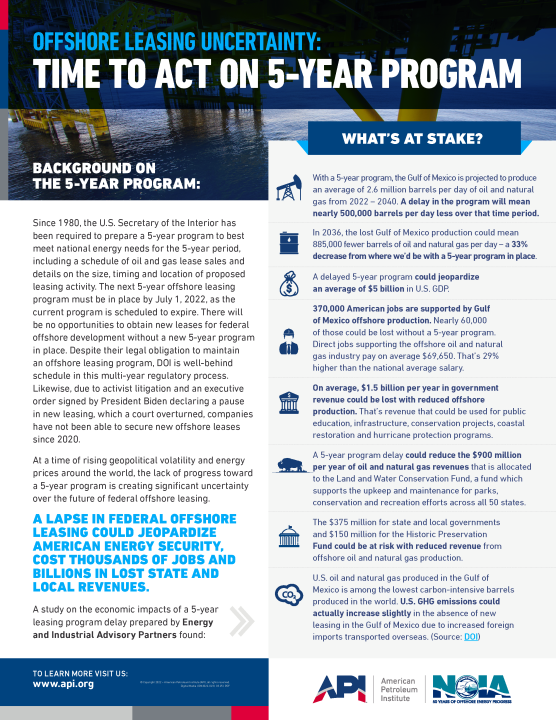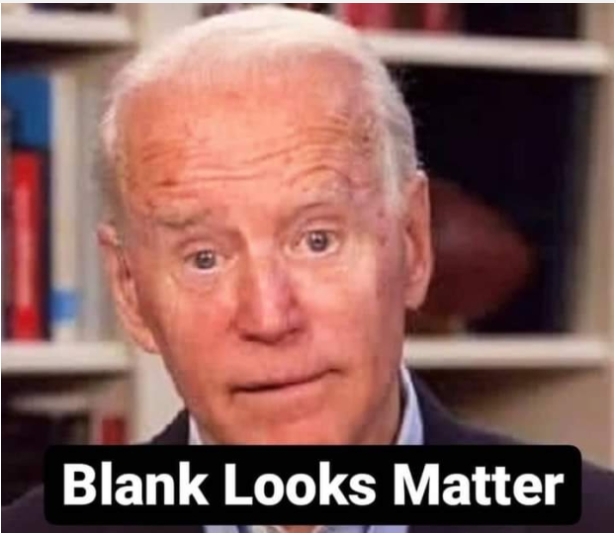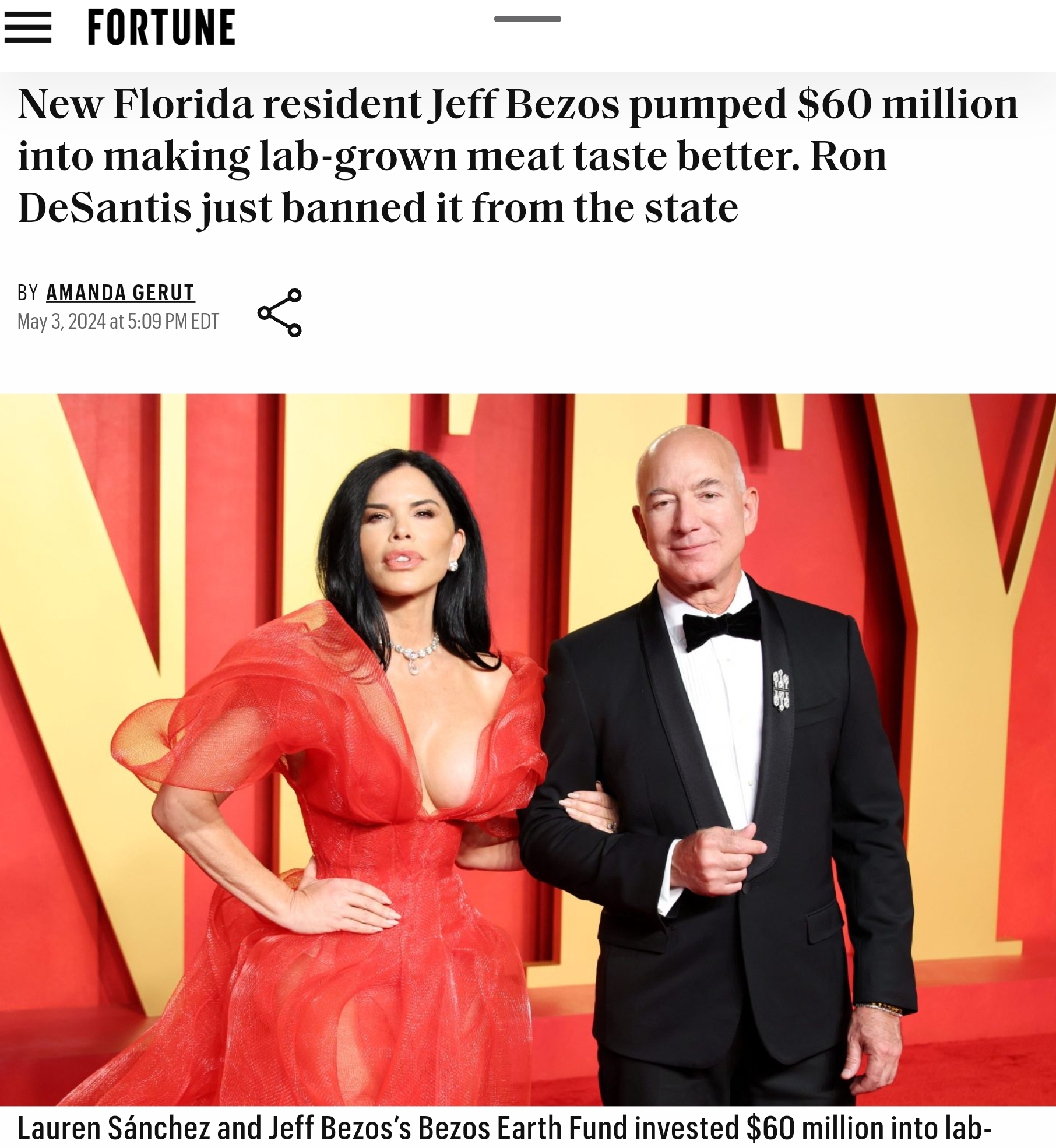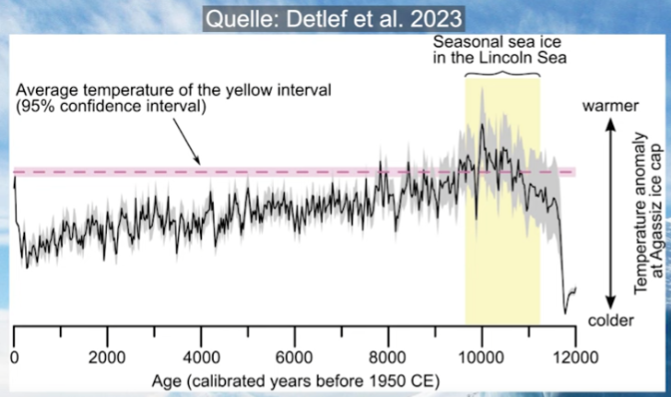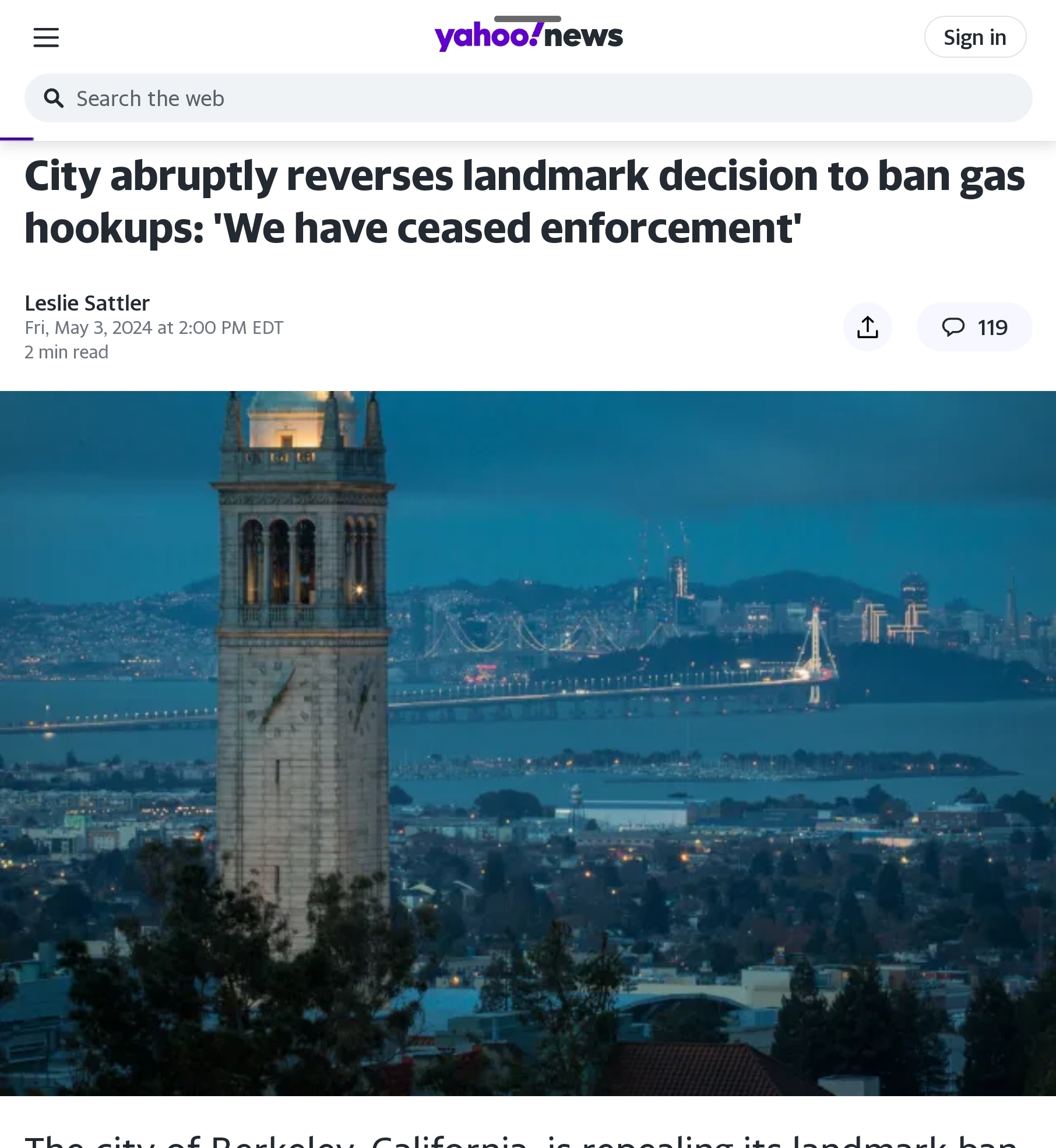by David Middleton
JUNE 21, 2022
EIA expects nine new Gulf of Mexico natural gas and crude oil fields to start in 2022In our June 2022 Short-Term Energy Outlook (STEO), we forecast that new fields coming online in 2022 will account for 5% of natural gas production and 14% of crude oil production in the U.S. Federal Offshore Gulf of Mexico (GOM) by the end of 2023. We expect that GOM natural gas production will average 2.1 billion cubic feet per day (Bcf/d) in 2023, down 0.1 Bcf/d from 2022. We expect that GOM crude oil production will average 1.8 million barrels per day (MMb/d) in 2023, about the same as in 2022. Currently, no GOM fields are scheduled to start up in 2023.
During 2021, 15% of all U.S. crude oil production was produced in the GOM, and 2% of U.S. natural gas production was produced there. In our STEO, we forecast that eight new fields in the GOM will produce both oil and natural gas by year-end, based partly on data from Rystad Energy. We expect a ninth field, which will produce only crude oil, to start in 2022.
We expect that the additional capacity will not quite sustain crude oil production at levels similar to the end of 2021. The additional capacity from these new fields will not increase natural gas or crude oil production in the GOM. We expect GOM natural gas production to continue its three-year decline; annual GOM production last rose in 2019. Declining production from existing GOM fields is greater than the increase in production from new fields for natural gas and is equal for crude oil.
Since the late 1990s, new development in the GOM has been targeting oil-bearing reservoirs. Today, most of the natural gas produced in the GOM comes from associated-dissolved natural gas production in oil fields instead of natural gas fields. In 2020, gross withdrawals of natural gas in the GOM that came from natural gas wells accounted for less than 30% of total GOM natural gas production, compared with 76% in 1999.
We expect the large development fields of Argos, King’s Quay, and Vito to begin production in 2022. Each has a peak production capacity of 100,000 barrels of oil equivalent per day (MBOE/d) or more, and each is the result of a focused effort to lower the costs of field developments. Offshore producers have made significant progress simplifying and standardizing floating production systems and collaborating with various partners, including overseas construction services companies, to reduce total costs and remain competitive with onshore producers.
However, fields expected to start in 2022 may shift into our 2023 forecast if their start-up dates are pushed back. In addition, fields expected to start in 2024 could begin earlier, resulting in changes to our initial production forecasts.
Principal contributors: James Easton, Kirby Lawrence, Jim O’Sullivan
Tags: forecasts/projections, natural gas, STEO (Short-Term Energy Outlook), liquid fuels, crude oil, oil/petroleum, Gulf of Mexico, map
Despite the extensive production outages due to the 2020 and 2021 hurricane seasons, Gulf of Mexico (GOM) oil production is forecast to once again approach 2 million bbl/d by late 2022, averaging 1.8 million bbl/d in 2023.

All of these new oil & gas fields are in deepwater.

The King’s Quay facility, on Green Canyon Block 433 (GC 433) will be operated by Murphy Oil Corporation. The King’s Quay floating production system (FPS) will be installed in a water depth of about 3,500′. Several subsalt Miocene discoveries on the surrounding blocks will be developed as subsea tiebacks to the facility, which can process up to 80,000 bbl/d of oil and 100 million mcf/d of natural gas.
The initial discovery well was drilled on GC 432 in 2009. The block was leased in 2006. Anadarko, Murphy & Samson won it with their bid of $105.6 million. The lease had a primary term of 10 years and would have expired in 2016; however, Murphy and their subsequent partners were able to hold the lease by continuously conducting operations, drilling delineation wells through 2021. The partnership leased GC 433 and several surrounding blocks in 2015, 2018 and 2020. It takes time to discover, delineate, make a final investment decision (FID) and develop deepwater oil fields. Despite the Obama maladministration’s shortening the primary terms of deepwater leases to 7 from 10 years, the partnership was able to assemble the components of this field because there were “regular and predictable lease sales.”
Now for the bad news
When Brandon was campaigning from his basement, he promised to halt all offshore drilling and leasing. In reaction to this, the National Offshore Industries Association (NOIA) prepared a report, projecting two scenarios: 1) Halting the permitting of new wells on existing leases; 2) Halting new lease sales after the end of the current five year program (2017-2022).
Since occupying the White House, Brandon did not manage to carry out the first promise. If the government had halted permitting of operations on existing leases, they would have gotten their @$$es sued off.
However, the Brandon Maladministration has been worse than expected in the area of lease sales.
Impact of a Potential Leasing Ban
Although no firm policy proposals have been advanced, one of a number of potential restrictive policy changes that has been discussed related to Gulf of Mexico oil and natural gas activities has been an end to new leasing in the Federal Outer Continental Shelf. For the purpose of this report, a “No Leasing Scenario” was developed to provide a comparison of activity levels (project executions, spending, oil and natural gas production), economic impacts, and government revenues to the Base Case Scenario. This scenario assumes that no new lease sales would be held from 2022, but that existing leases would be unaffected, and that no other major policy or regulatory changes impacting the Gulf of Mexico offshore oil and natural gas industry would be enacted.
They didn’t wait for the 2017-2022 program to end. One of Brandon’s first acts of malfeasance was to issue an unlawful executive order pausing all lease sales. They grudgingly held Lease Sale 257 in November 2021 to avoid being held in contempt of court. However, a corrupt Obama judge nullified that sale… because climate change. They have subsequently, unlawfully cancelled all remaining sales in the 2017-2022 program. We have now gone two years without Gulf of Mexico lease sales, and will likely see at least a four year hiatus.
In addition to unlawfully cancelling the remaining sales in the 2017-2022 program, they have yet to issue a new five year plan, despite a legal requirement to do so. In 2018, the Trump administration did issue a first draft of a 2019-2024 program, revising the last two years of the Obama-era 2017-2022 plan, and extending through 2024.
The Trump Administration DPP proposed a total of 47 lease sales during the 2019-2024 period: 12 in the Gulf of Mexico region, 19 in the Alaska region, 9 in the Atlantic region, and 7 in the Pacific region.8 By comparison, the 2017-2022 program that is currently in force contains a total of 11 OCS lease sales during the five-year period: 10 in the Gulf of Mexico region, 1 in the Cook Inlet planning area of the Alaska region, and none in the Atlantic or Pacific regions.
Too bad they didn’t complete that plan… However, the Brandon maladministration could have simply unlawfully cancelled those 47 lease sales just as easily as the 4 that they did cancel.
With a 5-year program, the Gulf of Mexico is projected to produce an average of 2.6 million barrels (BOE) per day of oil and natural gas from 2022 – 2040. A delay in the program will mean nearly 500,000 barrels (BOE) per day less over that time period.
In 2036, the lost Gulf of Mexico production could mean 885,000 fewer barrels of oil and natural gas per day – a 33% decrease from where we’d be with a 5-year program in place.
The NOIA report was published in May 2020, before the bad hurricane seasons of 2020-2021 and before Brandon’s disastrous first two years of vacationing in Delaware. With a schedule of “regular and predictable lease sales,” the report forecast GOM production exceeding 2 million bbl/d in 2023 and eventually peaking at ~2.4 million bbl/d in the early 2030’s.

Here is the EIA graph overlaid on the NOIA graph:

While it’s impossible to break out the hurricane damage from the Brandon damage at this point in time, we do have a clear example of hurricane and political damage to GOM oil production in the fairly recent past. In August 2020, hurricanes curtailed about 450,000 bbl/d of oil production:

Super Storm Obama curtailed about 500,000 bbl/d from 2011-2013.

Mega-Apocalypse-Ginormous-Super Storm Brandon seems intent on causing even more damage.

